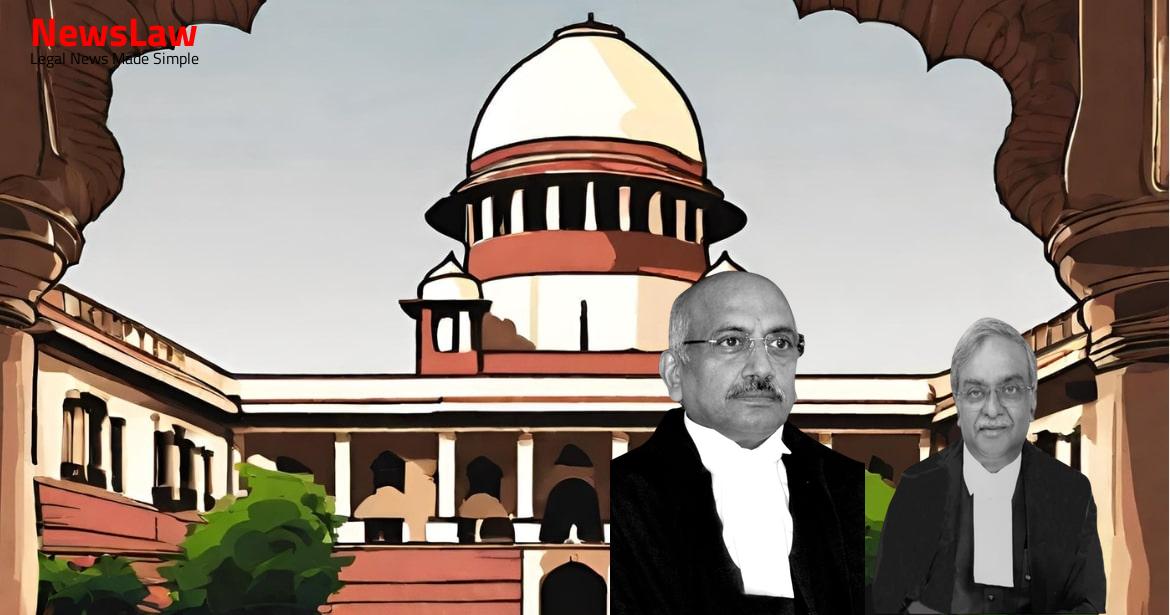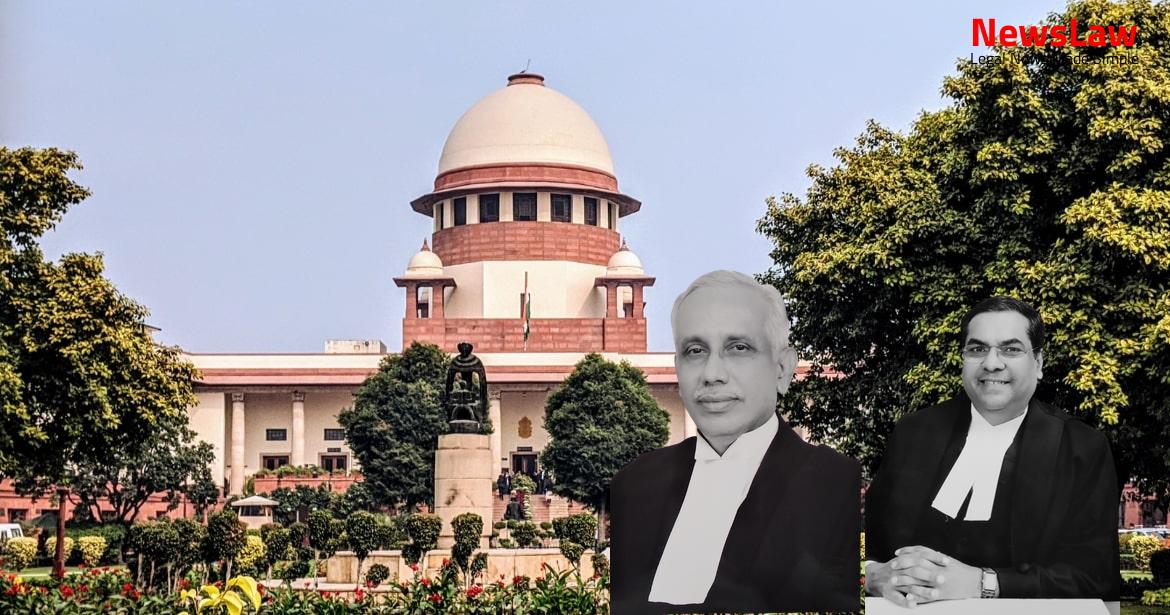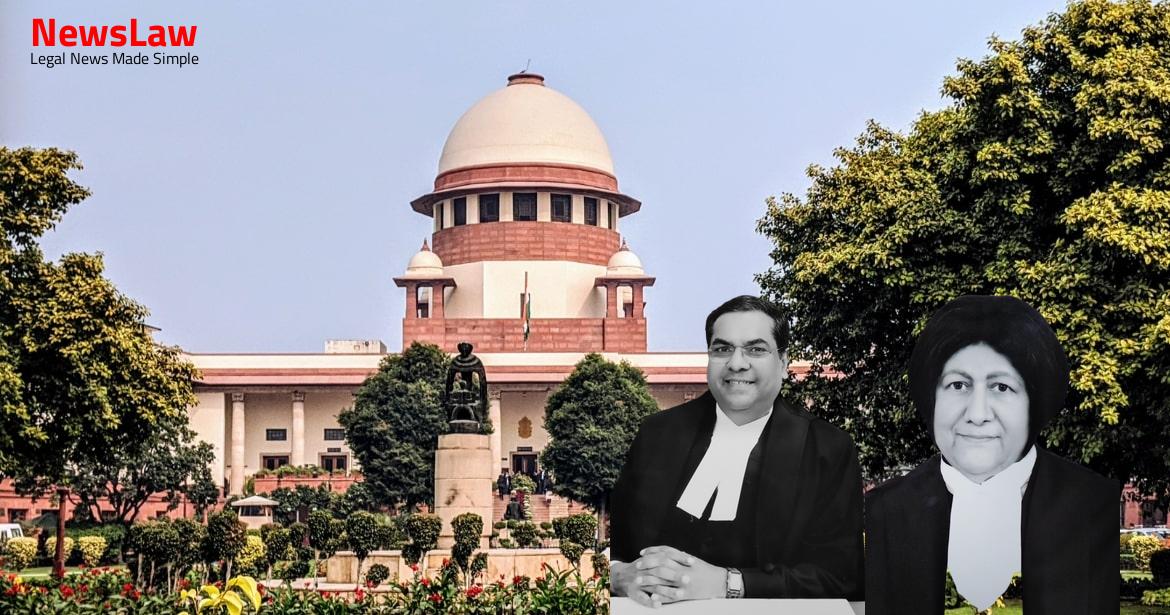In a recent legal case, the High Court carefully deliberated on the distinction between murder and culpable homicide, emphasizing the importance of intent and premeditation in criminal cases. The court’s thorough legal analysis focused on the interpretation and application of relevant sections of the Penal Code, shedding light on the complexities of determining the nature of the offense. Let’s explore the detailed considerations and outcomes in this fascinating legal debate.
Facts
- Out of the 10 accused, 6 preferred appeals before the High Court.
- After trial, 4 accused were acquitted by the Trial Court.
- 3 accused stand convicted and have filed appeals.
- The prosecution’s case involved an unlawful assembly and attack on the deceased and his friends.
- Various injuries were inflicted, leading to the death of the deceased.
- Evidence of witnesses and post-mortem reports confirm the events.
- Accused appellants challenge the murder conviction, claiming lack of premeditation and intent.
- Court’s consideration includes identification parade reliability and absence of repeated assault.
- Contention that the act was unintentional and falls under section 304 IPC.
Also Read: Balancing Private Grievances and Public Interests
Analysis
- The distinction between murder and culpable homicide not amounting to murder has been a longstanding issue in legal debates.
- The confusion arises when courts get caught up in minor details instead of focusing on legislative language.
- Determining factors for culpable homicide amounting to murder versus not amounting to murder have been widely debated.
- The testimony of witnesses plays a crucial role in establishing intent and premeditation in criminal cases.
- The case at hand was found to fall under culpable homicide not amounting to murder due to lack of premeditation and intent to commit murder.
- Courts need to carefully analyze the intention behind the act to determine if it falls under section 302, 304 Part I, or 304 Part II of the Penal Code.
- Even minor disputes such as plucking a fruit or a rude word can escalate to deadly altercations.
- Culpable homicide is the broader term, with murder being a specific type of culpable homicide.
- It is crucial to focus on the keywords used in sections 299 and 300 of the Penal Code for interpretation and application.
- The Pulicherla Nagaraju case outlines considerations for distinguishing between murder and culpable homicide not amounting to murder.
- State of Andhra Pradesh v Rayavarapu Punnayya highlights the subtle difference between culpable homicide and murder, terming the former as ‘culpable homicide of the second degree’.
- The case did not establish exhortation to kill the deceased or the formation of an unlawful assembly with a common object.
- The appellants were convicted under section 34 IPC, not under the charge of unlawful assembly under section 149 IPC.
- The reference to the Gulab Singh case was deemed irrelevant to the present case.
- Culpable homicide without the special characteristics of murder is considered culpable homicide not amounting to murder.
- Culpable homicide of the first degree is the greatest form of culpable homicide, defined as murder in section 300.
- The intention to cause death can be determined from a combination of several circumstances.
- These circumstances include the nature of the weapon used, whether it was carried by the accused or picked up, aiming at vital body parts, the force employed in causing injury, the context of the act (sudden quarrel, fight, premeditation), prior enmity, presence of sudden provocation and its cause.
- The appellants have undergone several years of incarceration
- The issue in the case of Gulab Singh was related to the applicability of section 34 IPC
- The appellants are entitled to acquittal under section 302 IPC but liable for conviction under section 304 Part-II IPC
Also Read: Quashing of Criminal Proceedings Based on Insufficient Allegations
Decision
- Rest of the conviction upheld by the High Court.
- Sentence for charges under sections 341, 323, 324, and 427 read with section 34 IPC is maintained.
- Impugned judgment of the High Court modified to the extent mentioned.
- Award of sentence for the period already undergone by all three appellants.
- Appeals partly allowed as per the modifications.
- Appellants to be released immediately unless required in any other case.
Also Read: Reversal of Acquittal: High Court Convicts Accused in Murder Case
Case Title: AJMAL Vs. THE STATE OF KERALA (2022 INSC 709)
Case Number: Crl.A. No.-001838-001838 / 2019



